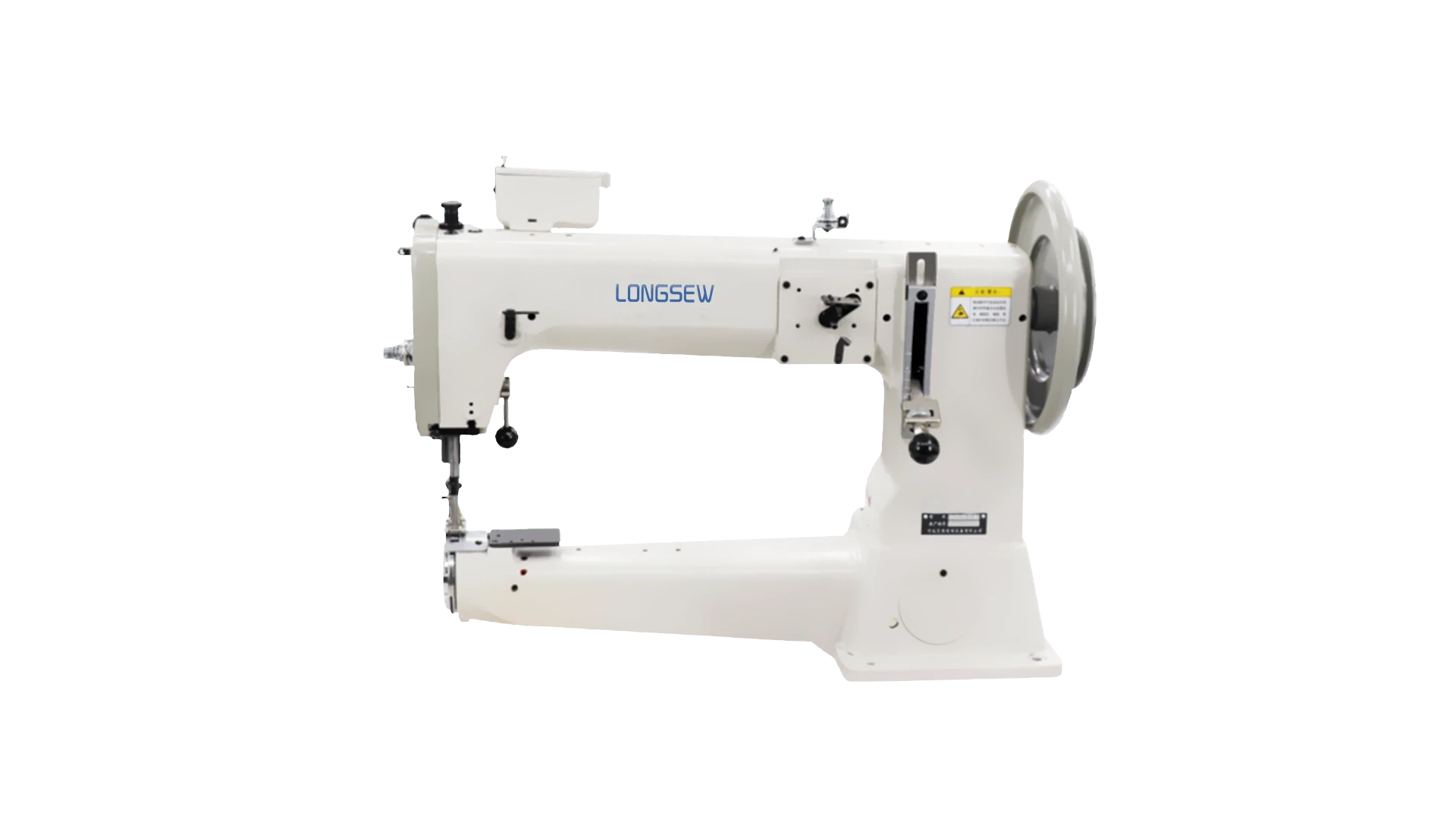direct drive lockstitch sewing machine
Understanding Direct Drive Lockstitch Sewing Machines
In the world of sewing, technology continues to evolve, leading to more efficient and innovative machines. One such advancement is the direct drive lockstitch sewing machine, which has gained significant popularity among both hobbyists and professionals. This article will explore what direct drive lockstitch sewing machines are, their benefits, and why they are becoming an essential tool in the textile industry.
What is a Direct Drive Lockstitch Sewing Machine?
A direct drive lockstitch sewing machine is a type of sewing machine where the motor is directly connected to the sewing mechanism. Unlike traditional machines that rely on belts and pulleys to transfer motion from the motor to the needle, direct drive machines eliminate these components. This design results in a more efficient transfer of power, leading to smoother operation and reduced energy consumption.
The lockstitch mechanism is one of the most common types of stitching used in sewing. It creates a stitch by interlocking two threads—one from the needle and the other from the bobbin—resulting in a durable seam that is widely used in various applications, from garment construction to home textiles.
Benefits of Direct Drive Lockstitch Sewing Machines
1. Energy Efficiency Direct drive lockstitch machines consume less electricity compared to traditional machines. With the motor directly attached to the machine, power loss during transfer is minimized, making it an eco-friendly option for sewing.
2. Reduced Noise and Vibration In direct drive systems, the absence of belts and pulleys leads to quieter operation and less vibration. This is particularly beneficial in commercial settings where machines are used for long hours, as it can create a more comfortable working environment for operators.
direct drive lockstitch sewing machine

3. Enhanced Control These machines often come equipped with advanced features such as programmable functions and computerized controls. This enables users to adjust settings easily, enhancing precision and facilitating complex sewing tasks. Features like speed control and automatic thread trimming further increase user efficiency.
4. Improved Durability The simplified design of direct drive machines results in fewer moving parts, translating to less wear and tear over time. This not only increases the lifespan of the machine but also reduces maintenance costs.
5. Better Stitch Quality Direct drive lockstitch sewing machines produce consistently high-quality stitches with excellent tension control. This is crucial in professional settings, where the quality of stitching can significantly impact the final product.
Applications in the Textile Industry
Direct drive lockstitch sewing machines are versatile and can be employed in a variety of settings. In the apparel industry, they are commonly used for sewing garments, as they can handle multiple fabric types ranging from lightweight materials to heavier fabrics like denim. Additionally, they are used in upholstery and home décor sewing tasks, where precision and durability are paramount.
Moreover, as sustainability becomes increasingly important, the energy-efficient nature of direct drive machines aligns well with eco-conscious manufacturing practices. Many manufacturers are investing in these machines to improve their operational efficiency and reduce their carbon footprint.
Conclusion
Direct drive lockstitch sewing machines represent a significant leap forward in sewing technology. With their numerous advantages, including energy efficiency, reduced noise, enhanced control, and superior stitch quality, it's no wonder they are becoming a preferred choice for tailors and fabricators alike. As the sewing industry continues to innovate, direct drive machines will undoubtedly play a vital role in shaping the future of textile production. Whether for professional use or personal projects, investing in a direct drive lockstitch sewing machine can greatly enhance the sewing experience.
-
Industrial Cylinder Arm Sewing Machine: Revolutionizing Heavy-Duty SewingNewsJul.28,2025
-
Cylinder Arm Sewing Machine: Perfect for Special Sewing ApplicationsNewsJul.28,2025
-
Cylinder Bed Sewing Machine: Essential for Sewing Complex MaterialsNewsJul.28,2025
-
Heavy Duty Sewing Machine: The Essential Tool for Industrial ApplicationsNewsJul.28,2025
-
Computerized Pattern Sewing Machine: Revolutionizing Precision StitchingNewsJul.28,2025
-
Heavy Duty Industrial Sewing Machine: Power Meets PrecisionNewsJul.28,2025
-
Leather Sewing Machine: The Industrial Standard for Tough MaterialsNewsJul.18,2025





























